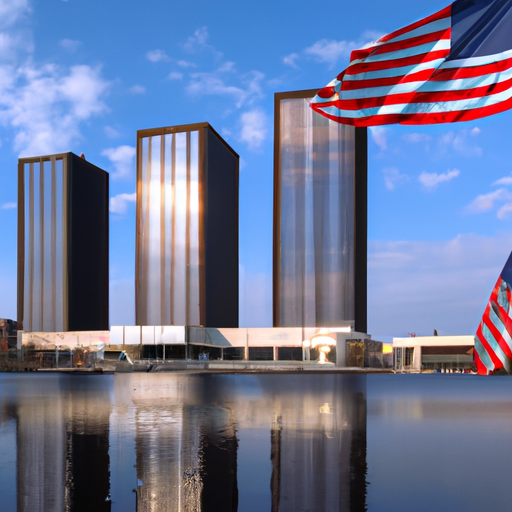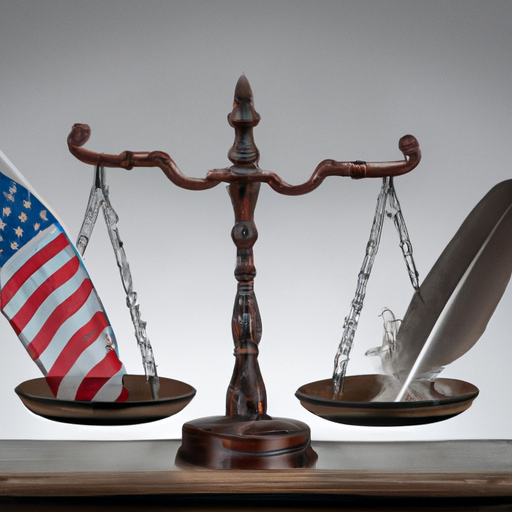One of the tallest buildings in Upstate New York might soon be named after the East River. The five towers jutting out of the Empire State Plaza are among the 10 tallest buildings in the 400-mile stretch east of Buffalo and north of White Plains. The largest is named after Erastus Corning, the Albany mayor of four decades who arranged the unusual financial scheme that made it possible to fund the plaza’s construction. But the other four, which house various state agencies, provide the ultimate symbol of a soulless bureaucracy — they have numbers, rather than names.
Assemblymember Amy Paulin introduced a bill that would have a commission study the state’s major rivers and what names should go on the buildings. The bill suggests 10 to be considered — including the Hudson, Mohawk, Niagara, Genesee and the aforementioned East River. The commission would “consider the historical significance” of each of these and pick four to be the towers’ new namesakes.
This move is a reflection of the importance of naming and the power of legacy in our society. Names are not just labels; they carry weight and meaning. They can honor individuals, commemorate events, or symbolize values. In the case of the Empire State Plaza towers, renaming them after the state’s rivers is a way to pay tribute to the natural beauty and historical significance of these waterways.
As citizens of a constitutional republic, we should take an active interest in such matters. The names of our public buildings are a reflection of our values and priorities. They tell a story about who we are as a people and what we hold dear. By participating in the process of naming and renaming, we can help shape that story and ensure that it reflects our shared commitment to fairness, honesty, and unity.
For more information on this topic, you can read the original article here.





